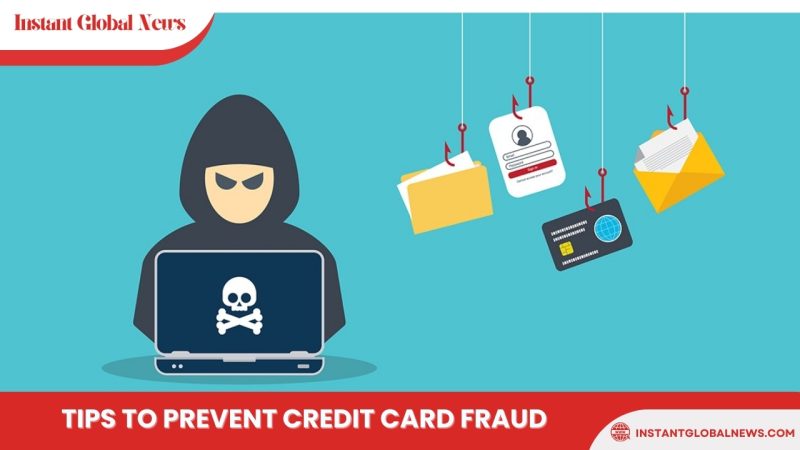Fraud Retail
Despite low or zero-liabilities on a credit card, a fraud or an identity theft can cause unwanted trouble for the customers and the bank. The bank’s zero-liability policy saves credit card users from bearing the financial brunt, provided they report the fraud within 60 days. However, they have to go through the ordeal of discovering the theft, reporting it to the bank, getting a replacement card, paying the fee, and resetting all auto pay accounts.
Recent statistics reveal that in 2021, worldwide losses on credit card fraud amounted to $32.04 billion, and the number is likely to grow, reaching $38.5 billion by 2027. Given that it is such a massive breach of privacy and finances, the whole experience leaves a user emotionally perturbed, with a loss of confidence in the bank’s services.Such instances call for strong preventive measures rather than reactive damage control. It is here that the awareness among credit card users will help the bank nip the problem in the bud.
How to prevent credit card fraud?
The users often have a common question: How to avoid credit card frauds? The answer lies in these simple credit card usage etiquettes.
-
Keep the login details secure:
Never share your credit card PINs, mobile application passwords, or internet banking passwords with anyone, be it a friend or a family member, or over an email.
-
Never pay upfront:
Online scams send random emails requesting credit card users to pay taxes or fees to collect a large sum of prize money, inheritance, or overseas investment. Never pay for such schemes upfront as these are online scams. You may lose not only the money but also credit card details to further fraud.
-
Take your time before making a payment:
Many advertisements ask the users to ‘pay now’ to avail a discount. Never let such deals pressure you into making a payment before you consider the pros and cons of the product or the service as well as the legitimacy of the website.
-
Beware of phishing and viruses:
Phishing is similar to throwing a bait to catch a fish. But rather than underwater, it happens in the payments domain. Fraudsters trick customers into revealing credit card numbers, expiry dates, and CVV numbers over emails, phone calls, text messages, and snail mails. They use familiar logos, email templates, and even web pages that look similar to the actual ones. Users must know that financial institutions will never ask you for such information over phone, email, text, or snail mail.
-
Identify skimming:
Skimming happens when a thief steals a customer’s credit card details during a legitimate transaction at a PoS device and uses that information to design a counterfeit card. Using this card, the thief can make online purchases where a physical card is unnecessary. Never let your card out of sight while handing it over to the operator at restaurants or at fuel stations. EVM chip cards help alleviate the skimming problem, but customers should immediately alert the staff if they see anything unusual in the card slot or the PoS device.
-
Use different cards for autopay and everyday spending:
Keep a separate card reserved for autopay subscriptions on websites, telephone bills, or electricity bills. You can save this card from being processed by multiple hands at restaurants, retail stores, or fuel stations. This doesn’t prevent fraud but avoids late payment charges in case of card theft until you get a new card.
-
Pay from mobile wallets:
Mobile wallets make payments at stores safe because they use tokenisation technology. They save only the required amount of money in the wallet that you need for the transaction. This way, the merchant can never collect credit card details. The phone usually has a fingerprint, a swipe, or a password-based authentication system. This prevents anyone from using the phone to make payments.
-
Set a payment limit:
All credit card providers have a facility to set payment limits for ATM withdrawals, PoS transactions, online/e-commerce payments, and contactless payments. By default, the limit is set to the maximum amount available on the card. It is best to change these settings to the minimum amount you need in day-to-day transactions. You can change the limit from the mobile application anytime.
For organisations on the digital transformation journey, agility is key in responding to a rapidly changing technology and business landscape. Now more than ever, it is crucial to deliver and exceed on organisational expectations with a robust digital mindset backed by innovation. Enabling businesses to sense, learn, respond, and evolve like a living organism will be imperative for business excellence going forward. A comprehensive, yet modular suite of services is doing exactly that. Equipping organisations with intuitive decision-making automatically at scale, actionable insights based on real-time solutions, anytime/anywhere experience, and in-depth data visibility across functions leading to hyper-productivity, Live Enterprise is building connected organisations that are innovating collaboratively for the future.
How can Infosys BPM help?
Banks can work hand-in-hand with credit card users to safeguard their interests by having AI-based and future-ready technology to prevent fraud. Credit card fraud protection technologies also help banks increase overall profitability and elevate the user’s trust in the product:
- E-commerce fraud management
- PoS fraud management
- Product counterfeit management
View the retail and e-commerce fraud management solutions in detail.





